
The way cats settle into familiar corners, drifting from room to room like they’re in charge—creates a calm kind of rhythm. That steady presence quietly shifts the atmosphere around them, and people tend to fall into that pace without even realizing it. Even small interactions can shift how someone feels physically and emotionally. This article lays out ten simple but science-backed ways cats improve well-being.
Lowers Your Blood Pressure Naturally
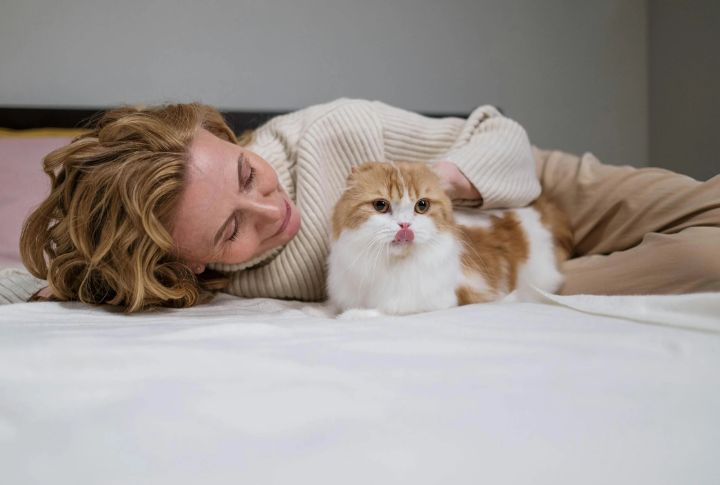
Petting a cat helps lower systolic blood pressure through calming physical contact. It activates the body’s relaxation response, slowing the heart rate and reducing cardiovascular strain. Research from the University of Minnesota’s Stroke Institute in Minneapolis also shows cat owners have fewer heart attacks and strokes, especially during high-stress moments.
Boosts Immune Resilience Over Time
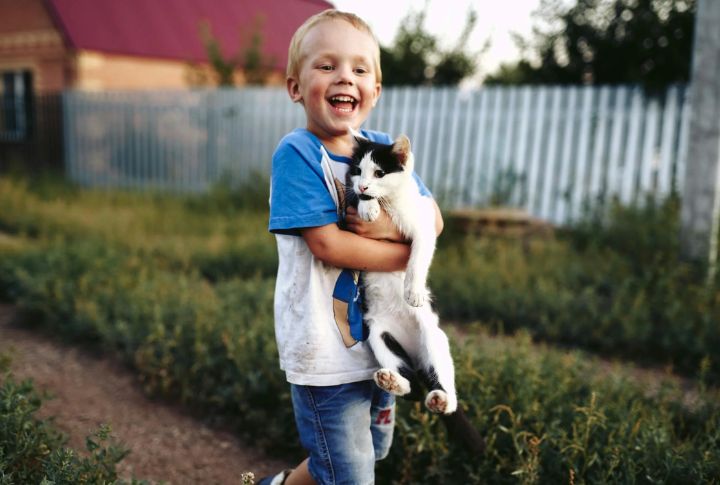
Cat ownership in early childhood is linked to fewer allergies, less asthma, and stronger resistance to colds. Constant, low-level exposure to dander fine-tunes the immune system. Pediatricians suggest cats may train the body to respond more effectively to common irritants without triggering overreactions.
Eases Anxiety With Calming Sensory Feedback
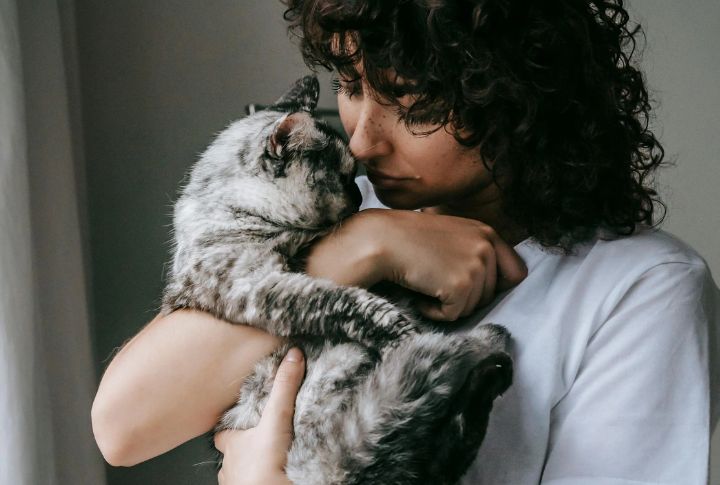
A cat’s purr resonates between 25 and 150 Hz—frequencies linked to healing and relaxation. Therefore, serotonin and dopamine levels rise during petting the cat, which reduces panic and social anxiety. Calm, repetitive contact with cats soothes the nervous system and supports emotional balance without requiring verbal interaction or explanation.
Improves Sleep Through Comfort And Presence
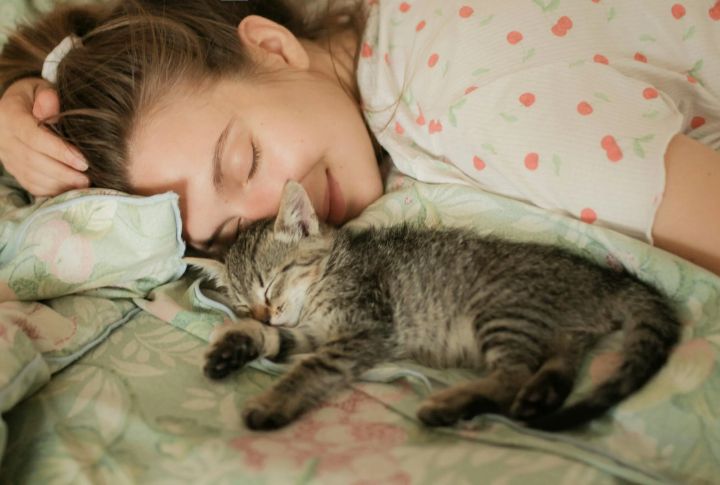
Many owners say they sleep better with cats nearby. The warmth, subtle weight, and rhythmic purring help induce deeper relaxation. Cats also encourage bedtime routines and nighttime consistency. Their companionship has been shown to ease loneliness and reduce nighttime anxiety, particularly in adults living alone.
Lowers Stress Hormone Levels Quickly

Just a few minutes of petting a cat can drop cortisol levels by nearly 40%, according to research from Purdue. That quick, calming effect is why cats now show up in campus wellness rooms and cafes, offering stress relief without the need for small talk.
Strengthens Emotional Bonds In Solitary Adults

For those living alone—especially single or widowed adults—cats offer a steady, comforting presence. Their quiet companionship creates a sense of connection and routine, easing feelings of loneliness. Over time, this daily bond can bring emotional balance and support during major life transitions or long stretches of solitude.
Enhances Focus And Mental Clarity

Do you ever notice how a cat’s schedule becomes your own? Feeding times, grooming, and play introduce a gentle structure that benefits brain function. With fewer distractions and clearer attention cues, daily tasks become more manageable. Mental health professionals often recommend pets to support cognitive stability in adults over 50.
Provides Gentle Recovery After Emotional Trauma
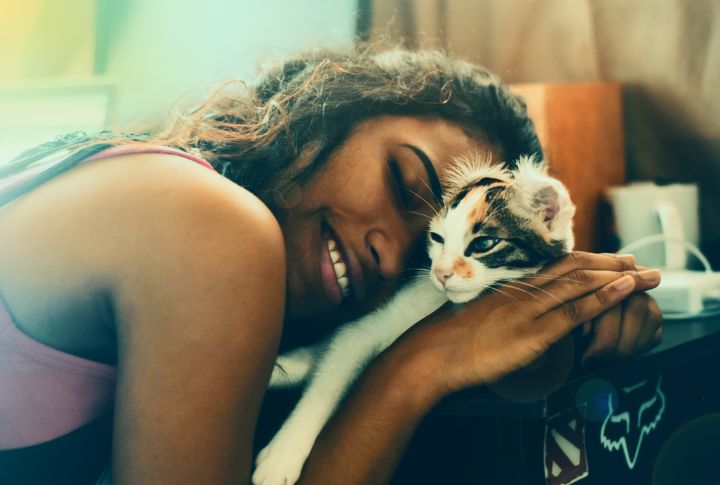
These feline creatures offer silent support post-loss or crisis. PTSD survivors report improved mood with pet contact. Rescue cats are integrated into grief programs nationwide for this reason. Unlike people, cats rebuild trust through calm interaction, often helping survivors reconnect with others over time.
Regulates Breathing Through Calm Presence
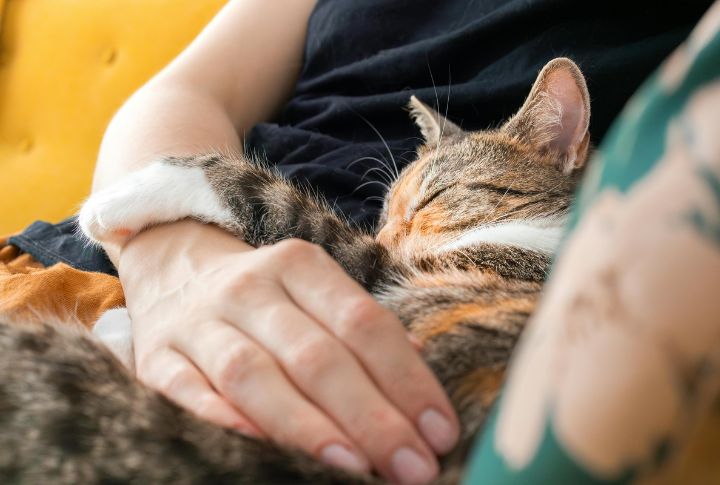
Spending quiet time with a relaxed cat can subconsciously regulate your own breathing. The slow rhythm of their purring and stillness encourages diaphragmatic breathing, which lowers blood pressure and soothes the nervous system. This natural co-regulation is especially helpful during moments of overwhelm or shallow, stress-induced breathing.
Fosters Compassion And Empathy In Children
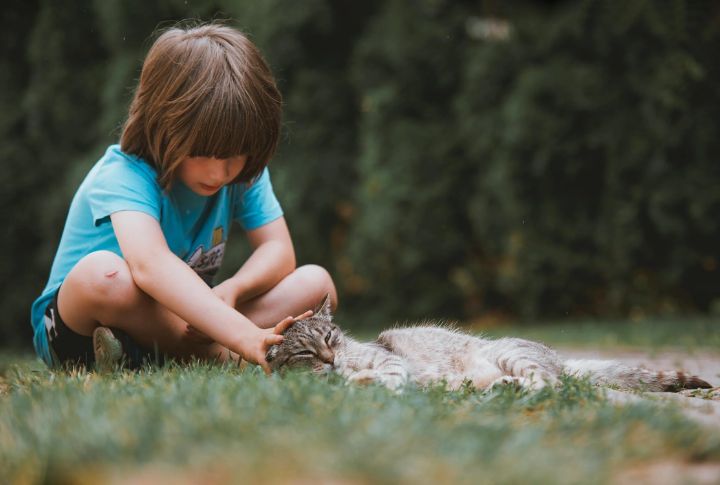
Children with cats often develop stronger emotional intelligence. Daily responsibilities like feeding and grooming nurture compassion and awareness. Kids also learn to interpret non-verbal cues, helping them recognize the emotions of others. A study published in the National Library of Medicine also links pet care to higher empathy scores and better emotional regulation in youth.

